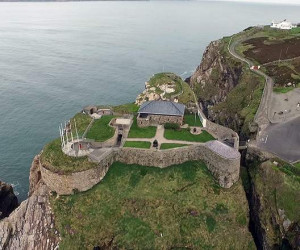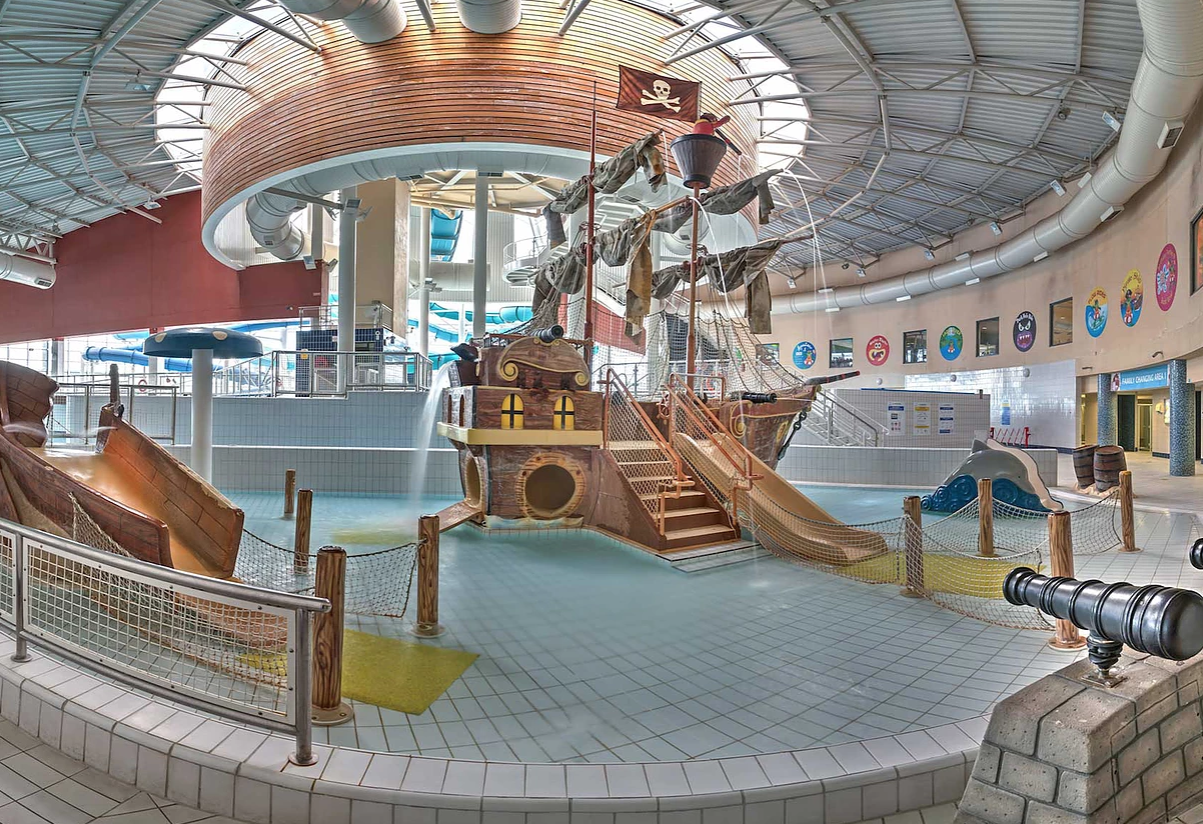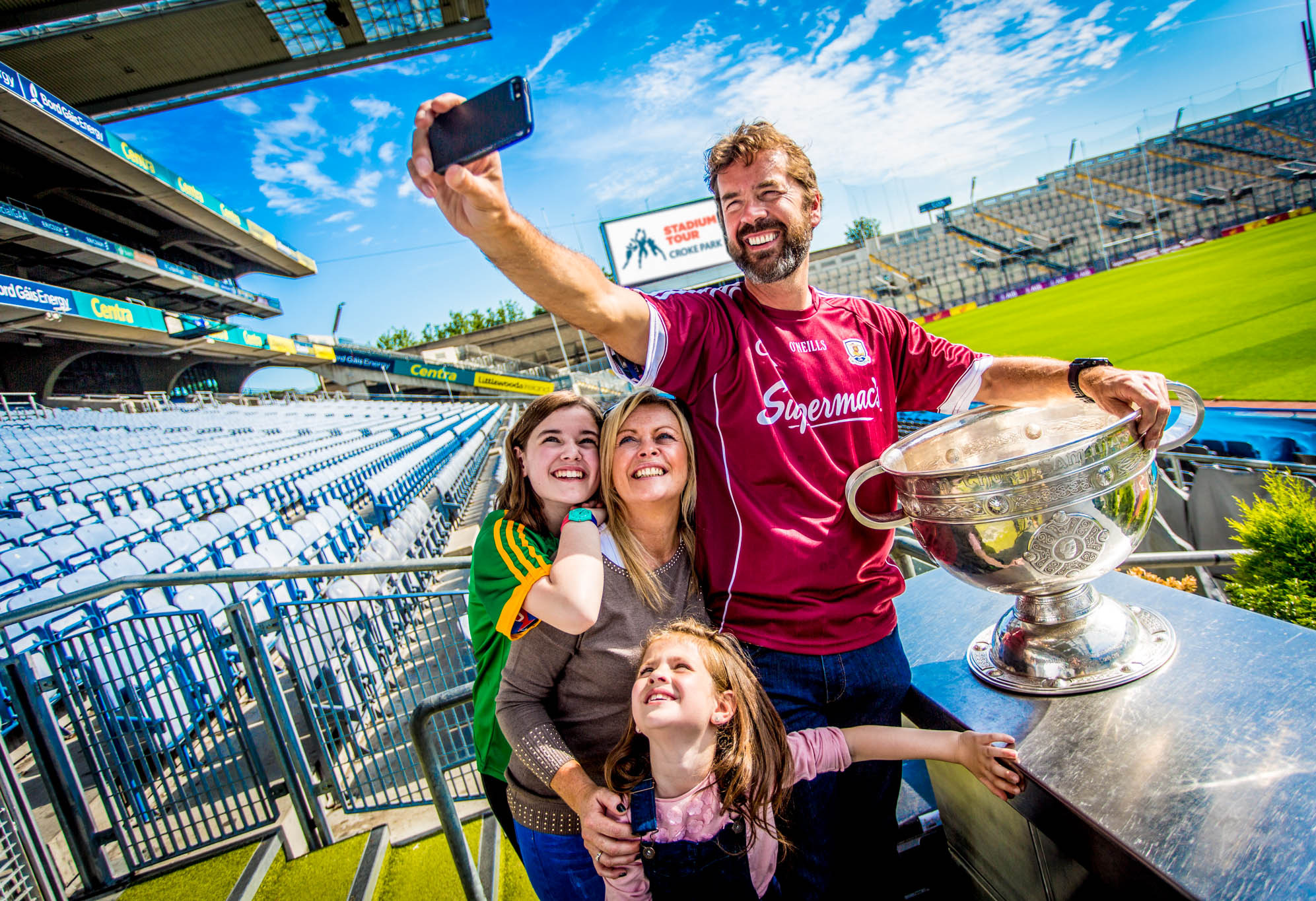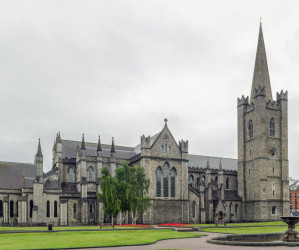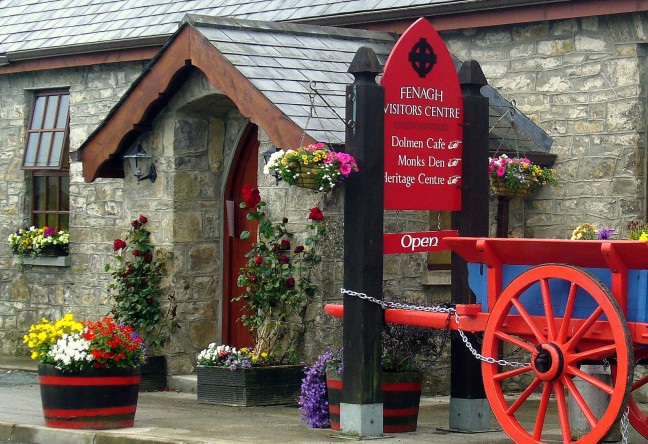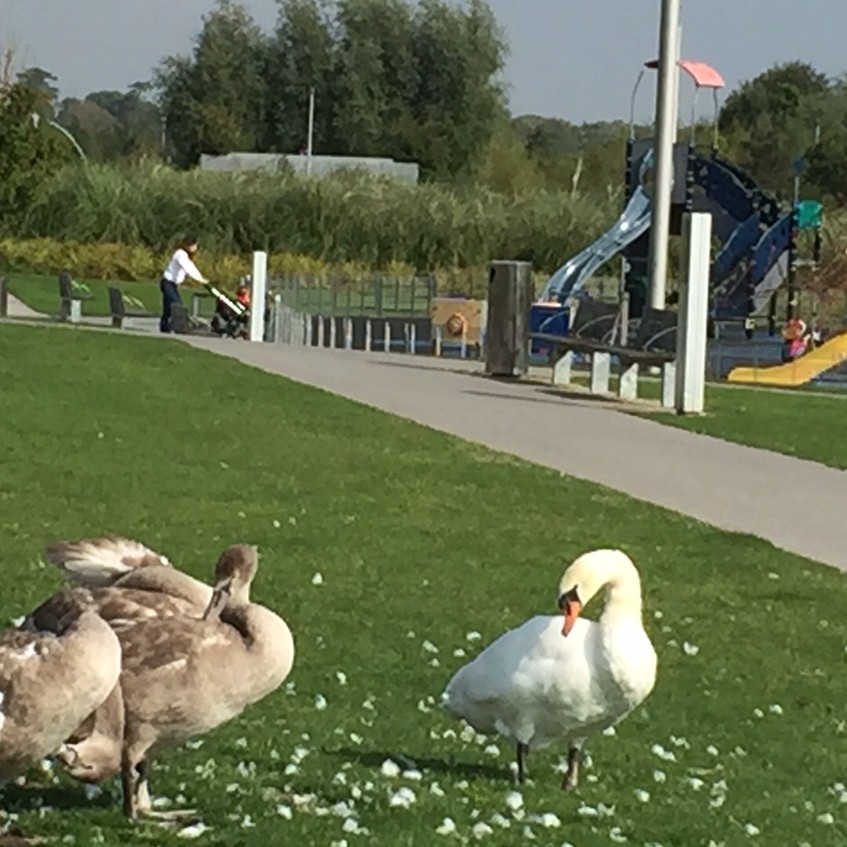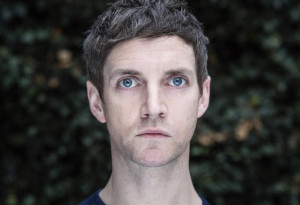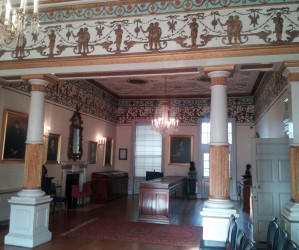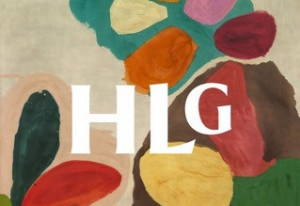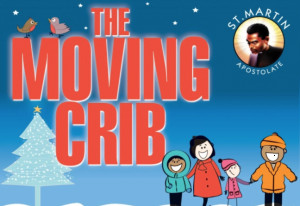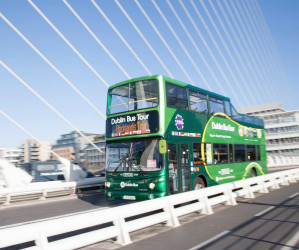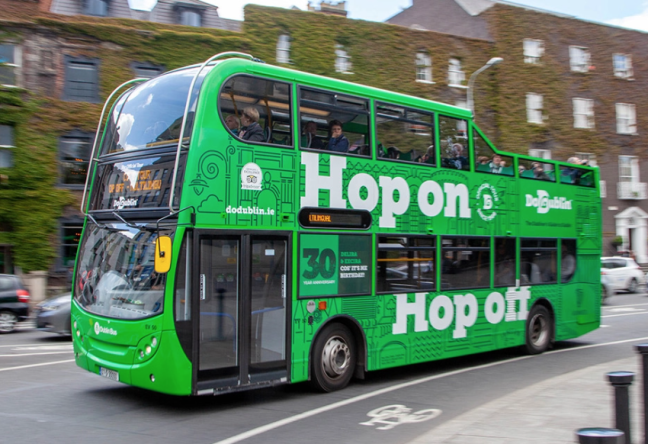
The James Joyce Centre is a beautifully restored Georgian town house, exhibiting items relating to the life and work of James Joyce.
The house was built in 1784 by Francis Ryan for Valentine Brown, the Earl of Kenmare, who used it as his townhouse. The plasterwork was done by Michael Stapleton, one of the finest stuccadores of the time.
The house was given special mention by Constantine Curran in his book “Dublin Decorative Plasterwork of the Seventeenth and Eighteenth Centuries”, and the photographs he took were essential to the restoration of the house. Curran was also a close friend of Joyce’s.
In the 18th century this area of Dublin was very fashionable but it fell into decline in the 19th and early 20th centuries.
By 1982 twelve houses on the street had been demolished by the City Council as dangerous buildings, including the house next door. Number 35 was saved by Senator David Norris, a Joycean scholar who also lives on this street.
For many years, the Centre was run by descendants of Joyce’s brother Charles Joyce and sister May Monaghan. It is now run as a limited company with the support of the Department of Arts, Heritage and the Gaeltacht.
The James Joyce Centre also offers guided walking tours of historic Joycean Dublin, taking in some of the monumental and ordinary sights and sounds of the city in which Joyce staged all his works.



